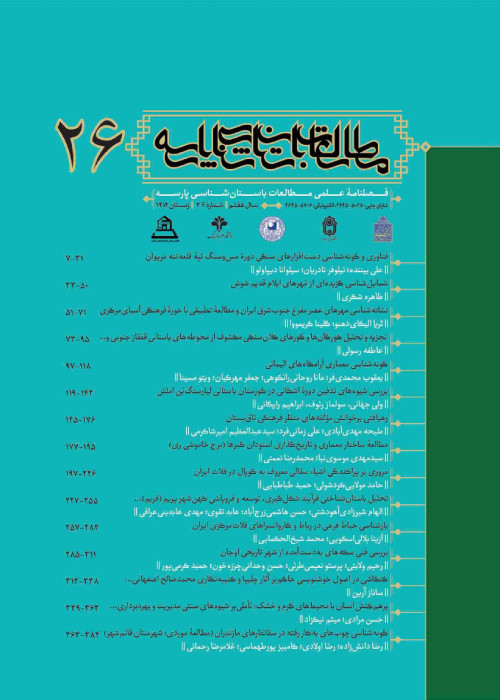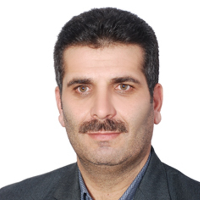Identification of the Timbers used in Saqanefars of Mazandaran (Case Study: Qaemshahr City)
Saqanefars are kinds of wooden ritual monuments with religious functionality, found only in Mazandaran province, north of Iran, and date back to the Qajar era. In these buildings, the mourning of Muharram and other mourning rituals are held every year. Despite the cultural importance of Mazandaran’s Saqanefars, the type of wood used in these buildings has not yet been identified and researches have been focused on their architecture and paintings. In this research, the wood used in different structural members of five Saqanefars in different areas of Qaemshahr including Ghadikola Nokandehka (GN), Seyed Abosaleh (SA), Reykandeka (RK), Ahangarkola Bishesar (AB), and Vostakola (VK) were examined macro- and microscopically. After extracting a list of wood anatomical features from the stained microscopic sections, each specimen was identified. All studied specimens were of ring-porous hardwoods. Except for GN, other wood samples turned the water golden after immersion. The wood species used in the Saqanefars of SA, RK, AB, and VK were identified as Zelkova (Zelkova carpinifolia) while the Saqanefar of GN were made of Persian oak (Quercus macranthera). Both kinds of wood are durable, have little moisture uptake, and do not require much repair and maintenance work. Oaks and other tree species with high-quality constructional timber were as widespread as Zelkova in the forests near studied Saqanefars. Hence, the preference for Zelkova could not solely be related to its availability and technical quality. Considering that from the 16th century onwards, Zelkova wood became one of the most popular types of timber for the construction of historical and religious buildings in the Far East (especially in Korea and Japan), and the similarity of the architecture and painting of wooden Saqanefars to the temples in these countries, choosing this wood could partly be influenced by cultural exchanges.
- حق عضویت دریافتی صرف حمایت از نشریات عضو و نگهداری، تکمیل و توسعه مگیران میشود.
- پرداخت حق اشتراک و دانلود مقالات اجازه بازنشر آن در سایر رسانههای چاپی و دیجیتال را به کاربر نمیدهد.



